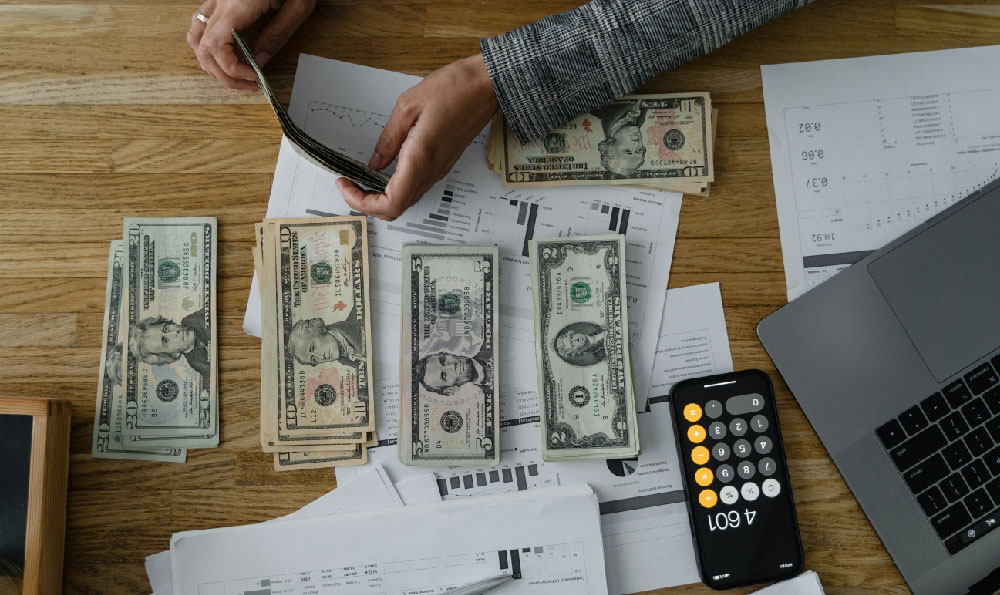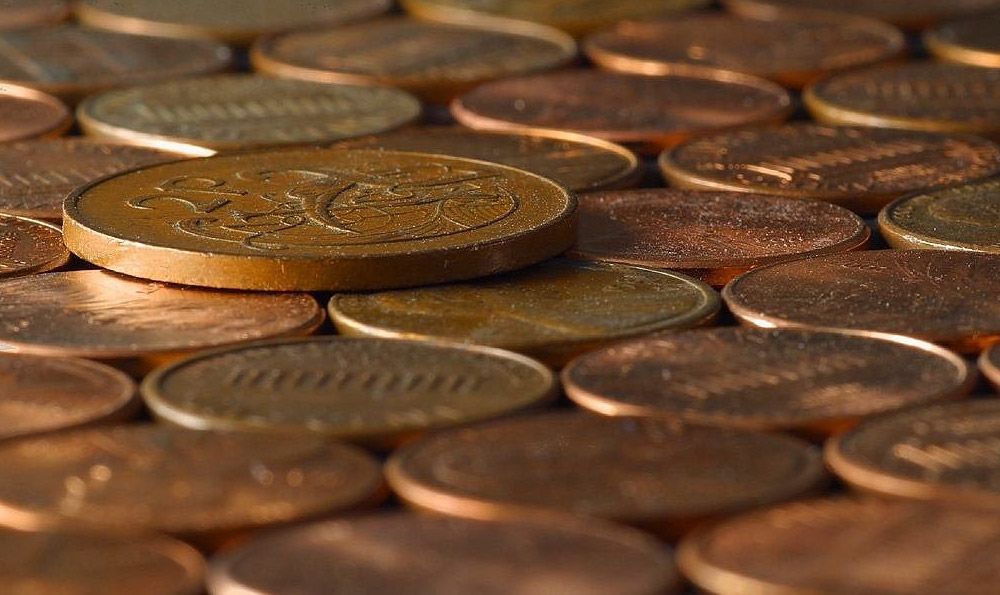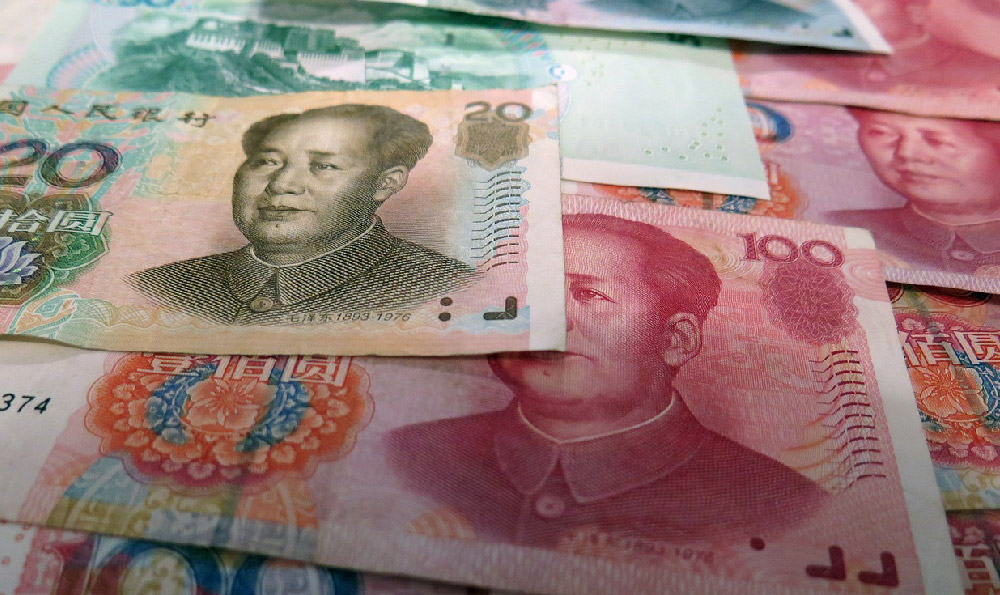
The question of whether artists can truly profit from Spotify and make a living wage is a complex and often contentious one, fraught with nuances and dependent on a multitude of factors. While Spotify has undoubtedly revolutionized music consumption and provided artists with a global platform, its revenue model and payout structure have drawn criticism and ignited debate regarding its fairness and sustainability for the majority of musicians.
On the surface, the concept seems straightforward. Spotify generates revenue through subscriptions and advertising, and then distributes a portion of that revenue to rights holders – labels, publishers, and, sometimes, directly to artists. The crucial point of contention lies in how this revenue is divided and the resulting per-stream royalty rates that artists receive. These rates are notoriously low, fluctuating based on geographic location, subscription tier, the type of agreement between the artist and their distributor, and overall platform revenue. Industry estimates often put the per-stream rate in the range of fractions of a cent, meaning artists need millions of streams to generate substantial income.
The immediate challenge for many artists is simply achieving the threshold required to receive payment. Spotify requires a minimum number of streams and a minimum account balance before disbursing royalties. For emerging artists or those with smaller fan bases, reaching these thresholds can be a significant hurdle. Even when payment is triggered, the actual amount received might be significantly less than expected due to deductions for distribution fees, taxes, and other contractual obligations.

The power dynamics within the music industry also play a significant role in determining artists' Spotify earnings. Artists signed to major labels typically receive a smaller percentage of streaming revenue compared to independent artists who retain more control over their rights. However, major labels often possess superior marketing resources and promotional networks, which can translate into higher stream counts and greater overall revenue generation. Independent artists, while potentially earning a higher percentage per stream, may struggle to gain the visibility and traction needed to compete with established acts backed by major labels. This creates a disparity where established artists and those with label backing are more likely to benefit significantly from Spotify, while emerging and independent artists face greater challenges.
Furthermore, the type of music an artist creates can influence their earning potential on Spotify. Genres that tend to be streamed more frequently, such as pop, hip-hop, and electronic dance music, may generate more revenue compared to genres with smaller, more niche audiences. This is not to suggest that artists should alter their creative vision to cater to streaming trends, but it highlights the reality that certain genres inherently have a larger audience base and therefore a greater potential for generating streams and revenue on platforms like Spotify.
To address the concerns surrounding artist compensation, Spotify has implemented various initiatives aimed at increasing transparency and providing artists with tools to better understand their data and revenue streams. The platform offers features like Spotify for Artists, which provides artists with insights into their audience demographics, listening habits, and track performance. This data can be valuable for informing marketing strategies, targeting fan engagement, and ultimately driving more streams. Spotify has also experimented with alternative royalty models, such as the "user-centric payment system" (UCPS), which aims to distribute revenue based on individual user listening habits rather than a pro-rata model. While these initiatives represent positive steps, they are still in their early stages, and their long-term impact on artist earnings remains to be seen.
Beyond royalties, Spotify can indirectly contribute to an artist's overall income by increasing their visibility and exposure. The platform's playlist ecosystem, algorithmic recommendations, and social sharing features can help artists reach new audiences and build a larger fan base. This increased exposure can translate into opportunities for touring, merchandise sales, licensing deals, and other revenue streams. For many artists, Spotify serves as a crucial marketing tool for promoting their music and building their brand, even if the direct royalty payments are modest.
In conclusion, while it's undeniably challenging for most artists to make a substantial living solely from Spotify streaming royalties, it's not impossible. Success on Spotify requires a combination of factors, including strong music, effective marketing, strategic distribution, and a dedicated fan base. The platform can be a valuable tool for artists seeking to build their careers and reach a global audience, but it's essential to approach it with realistic expectations and a diversified income strategy. Relying solely on streaming revenue is unlikely to be sustainable for the majority of artists. Instead, artists should view Spotify as one piece of a larger puzzle that includes touring, merchandise, licensing, crowdfunding, and other creative endeavors. Only through a multi-faceted approach can artists truly navigate the complexities of the modern music industry and build a sustainable career.





